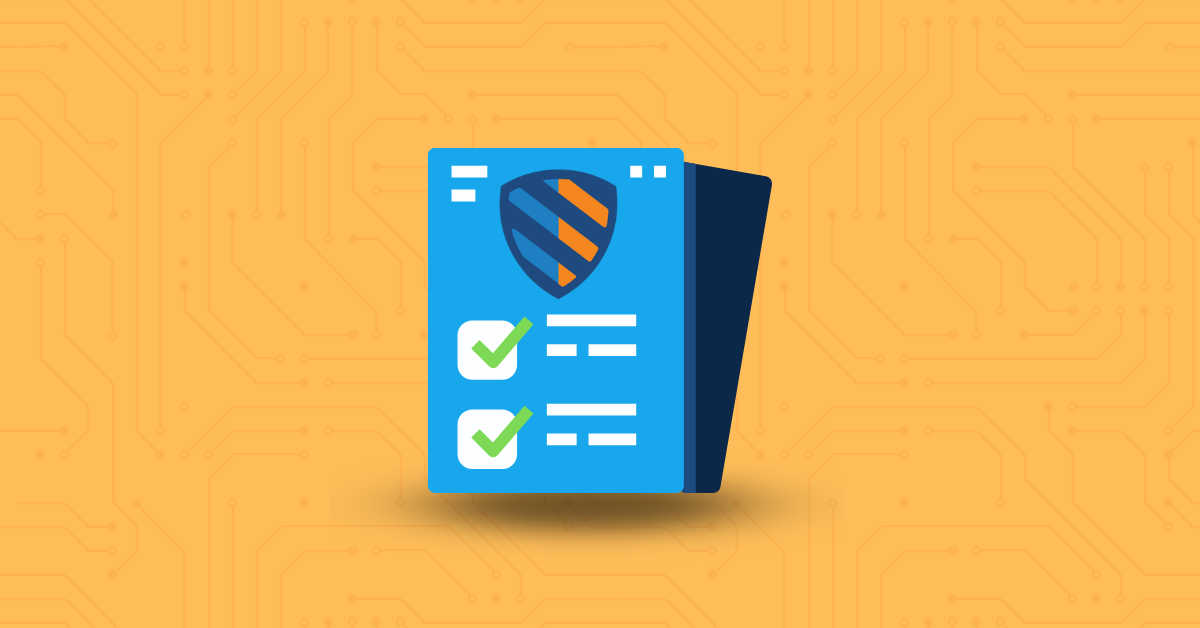
Most businesses are aware that software and app security are essential to success. Still, estimates show that 83% of sensitive cloud-based data is unencrypted. Of course, encryption is only one aspect of software security, but it’s an indicator that many businesses are in for a rude awakening.
The European Union Agency for Cybersecurity (ENISA) met in March 2023. The report was long anticipated, especially given the massive online attacks in 2023 that affected many businesses, including T-Mobile, Norton LifeLock, and Sharp HealthCare.
The conference aimed to analyze digital security trends to keep European citizens safe in online environments, but carried global implications. ENISA conducted in-depth studies and ultimately predicted what’s to come at the forefront of cybersecurity over the next decade.
Below is a closer look into their findings. Overall, one key area of concern served as the underlying theme of their findings: a dire need for software security. Many businesses recognize this need already and partner with an app protection tool, like PreEmptive.
Cybersecurity has become vital, especially as technological advancements reshape industries and societies. Looking ahead to 2030, the ENISA report comprises expert workshops and threat forecasts highlighting current and future concerns over navigating digital landscapes safely throughout the next decade.
The report primarily focuses on software security and paints a comprehensive picture of the challenges and opportunities ahead. Below is a point-by-point overview of ENISA’s report as it relates to software security.
In an era where digital services touch every facet of life, software has become the cornerstone of our interactions, transactions, and operations. At this point, there’s hardly a single business operating without software, applications, and APIs. However, this dependence on software also exposes organizations to various vulnerabilities and threats.
One of the foremost concerns highlighted by ENISA is the persistence of zero-day vulnerabilities. So what is that exactly?
A zero-day vulnerability is a software flaw that hackers recognize before developers notice it or release patches. The ENISA report emphasizes the unyielding need to use a secure software development lifecycle (SSDLC) to combat the threat of zero-day vulnerabilities. Through an SSDLC, businesses instill best practices and security considerations, weaving them into every phase of software development. Overall this process reduces the likelihood of running into such vulnerabilities, which can be devastating in terms of cost.
Moreover, the ENISA reports analyze the increase in open-source vulnerabilities and software supply chain attacks, which exposes the weaknesses of interconnected modern software ecosystems. This is evident in instances like the SolarWinds data hack, where hackers gained backdoor entry and, from there, stormed the private networks of businesses and government agencies.
IoT is becoming wildly popular. The ENISA report highlights exactly where the software security issues reside.
In short, IoT is becoming ubiquitous across all sectors, but it’s rife with opportunities for human error, and traditional security is not cutting it. The devices rely on software programs and are responsible for running critical infrastructure like electric grids, sewer systems, industrial complexes, and more. When compromised, the results can be catastrophic, resulting in widespread utility shutdown for large populations.
As a solution, ENISA highlights the significance of runtime application self-protection (RASP) mechanisms, which actively monitor and defend software applications 24/7. These mechanisms play a crucial role in detecting and thwarting attacks in real time, adding an extra layer of security.
Another key ENISA prediction is for more attacks on individual users. They state that because individuals now use a greater network of interconnected applications, hackers can analyze particular behavioral patterns after infiltrating home networks. From this, they can use intimate data to pull off identity theft schemes.
The takeaway is that users must understand how to secure their profiles and limit information sharing between APIs and third parties to reduce victimization to this new hyper-specialized form of online attack.
ENISA’s report bears many implications for businesses and developers. For businesses, it means that increasing reliance on software demands a heightened focus on implementing robust security for software and apps. Even a single vulnerability could result in devastating data breaches and reputational damage.
Embracing comprehensive software security measures is no longer an option; it’s an urgent imperative for survival in the modern world. Soon, these matters will be an issue of legal compliance rather than a risk businesses can choose to take on or avoid.
On the other hand, developers act as foot soldiers and generals in the war on cyber threats. The report underscores the need for developers to integrate security into every phase of the software development lifecycle and learn to toss aside the traditional approach of tacking single-purpose security tools onto software solutions that require holistic monitoring.
The ENISA report findings are sobering but enlightening.
At its core, the report underscores the urgent need for businesses and developers to prioritize automated software security that continuously secures connections, code, APIs, cloud data, and software supply chains. PreEmptive’s solutions emerge as a strategic ally in this context, aligning seamlessly with ENISA’s recommendations to mitigate software security risks.
Whether it’s mobile app protection or analyzing code for errors, any business, agency, or individual needs to equip themselves with the right armor to brave the daunting cyber threats to come in the next decade.
PreEmptive is a beacon of resilience in a landscape where software security is paramount. PreEmptive’s suite of solutions supports developers in implementing security measures at every step of the software development process.
Through code obfuscation, runtime application self-protection (RASP), and vulnerability assessment, PreEmptive’s solutions focus on application hardening and tamper resistance. They also mitigate software supply chain attacks, fortifying it against unauthorized access and manipulation and establishing a fully secure software ecosystem. Check out our product page to learn more.